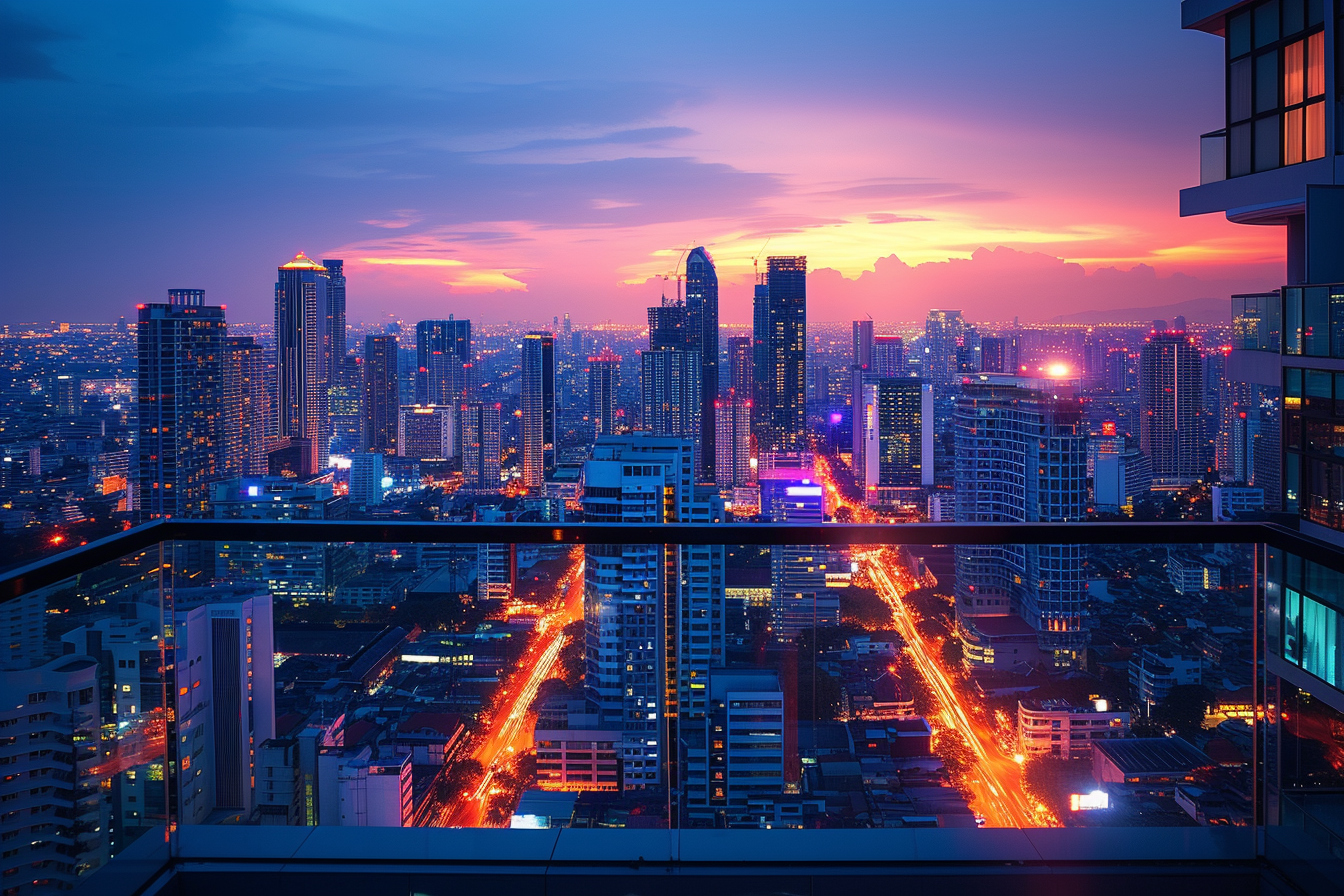Urban landscape photography is a compelling genre that blends the raw complexity of city life with the art of photography. The essence of a city is not just in its skyline but in the intricate details of its streets, the movement of its people, and the interplay of light and shadow. To excel at urban landscape photography, one must have a keen eye, patience, and an understanding of the technical aspects of this craft. This article will delve into practical tips that can help photographers, from novices to professionals, capture the unique vibrancy and character of urban landscapes.
Understanding light and shadow
Light plays a foundational role in photography, and urban environments offer a diverse playground for experimenting with it. Cities are characterized by dynamic lighting conditions. It is crucial to master the art of using light to your advantage:
Golden hour brilliance
Seek out the golden hour—the period shortly after sunrise or before sunset. The light is softer and warmer, casting the city in a golden glow that is perfect for photographs with a touch of romance or nostalgia.
Night light magic
Do not shy away from night photography. Cities come alive at night with artificial lights creating vibrant scenes. Experiment with long exposures to capture light trails and the energy of the city after dark.
Play of shadows
Remember that shadows are as important as light. They can add depth, intrigue, and contrast to your images. Pay attention to the patterns and shapes they create on city streets and buildings.
Composition and perspective
Composition is key to transforming a good photograph into a great one. Urban landscapes offer a plethora of elements to create a compelling composition.
Leading lines and symmetry
Incorporate leading lines to draw the viewer’s eye into your photo. Use roads, train tracks, or architectural features to create a sense of depth. Symmetry can be found in the facades of buildings and sidewalks, providing a visually satisfying experience.
Framing your subject
Framing gives context to your subject. Use doorways, windows, or tunnels to naturally frame your shot, leading the viewer’s focus toward the main point of interest.
The power of reflections
Seek out reflections in puddles, windows, or metallic surfaces to add a creative and often surreal element to your urban landscape photos.
The human element
People add a dynamic layer to urban photography. Capturing the flurry of city life can convey the spirit of the urban landscape.
Candid moments
Documenting people in candid situations can lend authenticity to your photos. Be respectful and if possible, seek permission when photographing individuals up close.
Scale and context
Utilize the human element to provide scale and context within the city’s architecture. A solitary figure against the backdrop of towering skyscrapers can convey a sense of magnitude.
Technology and gear
Understanding and selecting the right gear for urban landscape photography is essential to capture the city’s essence effectively.
Camera selection
While professional DSLRs and mirrorless cameras offer the best image quality and versatility, do not underestimate the power of a high-quality compact camera or even a smartphone in able hands.
Lens choices
A wide-angle lens can capture the grandeur of urban spaces, while telephoto lenses are excellent for isolating subjects and compressing perspective. A fast prime lens can be ideal for low light and creating depth with a shallow focus.
Essential accessories
Invest in a sturdy tripod for long exposures and a remote shutter release to avoid camera shake. Filters such as polarizers or neutral density filters can help manage challenging lighting and create effects like motion blur.
Exploring the depth of urban environments
Cities are layered with history and stories. Your approach to photography can reveal much about the city’s soul.
Architecture as art
View the city through the lens of its architecture. Capture the unique designs, from historical to modern, that define the city’s character. Look for interesting juxtapositions, patterns, and textures.
Urban decay and abandonment
Incorporating urban decay and abandoned spaces can offer a commentary on the city’s past and current socio-economic realities.
Street art and public spaces
Street art provides a canvas that reflects the heartbeat of the city. Public spaces, on the other hand, are where the city’s culture and social dynamics are on full display.
Post-Processing and editing
Post-processing is an extension of the photographic process and can be used to elevate your urban landscapes.
Developing your style
Develop a consistent style in editing that suits the mood and tone you want to convey in your urban landscapes. This might involve moody desaturation, high-contrast black and white, or vibrant color grading.
Balance and refinement
Strive for balance in your edits. Adjust exposure, contrast, and composition (through cropping) while avoiding over-processing that might render the image unrealistic.
Attention to detail
Pay careful attention to removing distractions such as litter or unwanted elements through cloning or healing tools. This will ensure that the viewer’s attention remains focused on the intended subject.
Patience and perseverance
The perfect urban landscape resides in a fleeting moment and requires patience. Return to locations at different times or in varying weather conditions to capture the full breadth of what the urban environment can offer.
Perseverance is fundamental. Experiment with different techniques and learn from each shoot. Your style will mature as you continue to explore and photograph the urban landscapes around you.
Remember that urban landscape photography is not just about showing a place; it’s about telling the story of a space and its interaction with the people within it. Whether it’s the bustle of the market, the solitude of an early morning, or the decay of an abandoned building, these scenes, when captured effectively, have the power to mesmerize and provoke thought.
By following these tips and embracing the unique canvas that each city provides, photographers can craft visually stunning images that not only depict a location but also resonate with the vibrancy and spirit that define an urban landscape.







Leave a Reply